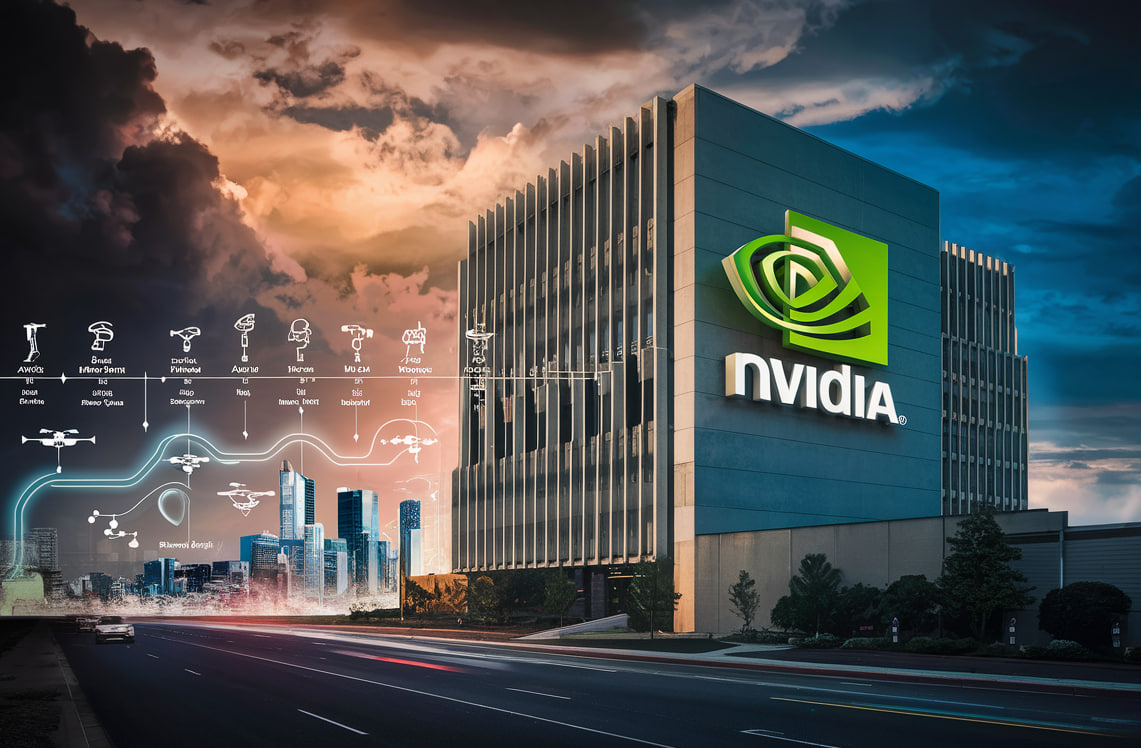As robotics and imaging have enabled less invasive surgery, similar technologies can reduce aircraft downtime through less invasive jet engine inspection and repair.
GE Aerospace's Sensiworm soft robot serves as an in-situ inspection tool providing expanded internal turbine coverage without disassembly. Traditionally, workers use instruments like flexible videoscopes which have limited reach due to factors like tip subsidence from gravity.
Resembling a worm, the autonomous Sensiworm contains onboard power and computing for crack and corrosion detection. In labs, it has also accurately tested protective coating thickness.
Compared to current methods, Sensiworm expands inspectable coverage and control inside engines when inserted through intake or exhaust. It can access larger turbine sections.
Says GE's Chief Robotics Engineer Deepak Trivedi, "With mini-companions like Sensiworm, operators gain additional eyes and ears for checks. Thanks to soft, malleable designs, they'll inspect every engine centimeter, sending back real-time video and part condition data."
Trivedi adds they are developing capabilities for Sensiworm to also perform repairs after detecting defects.
Developed with support from the SEMI FlexTech public-private partnership for hybrid electronics innovation, Sensiworm also benefits from collaboration with Binghamton University's Center for Advanced Microelectronics Manufacturing and UES Inc.
Says CAMM Director Mark Polix, "Working with GE allows transferring ideas from lab to real world, interesting for me and students. We look forward to seeing Sensiworm in action and future cooperation to improve health and safety via flexible hybrid electronics."
Per Trivedi, intelligent in-situ platforms like Sensiworm are key for more reliable future aircraft inspections, reducing unnecessary disassembly and downtime while speeding up maintenance for maximum readiness.
Sensiworm exemplifies the power of robotics to transform workflows, in this case aviation maintenance. Its snake-like flexible design enables thorough component assessments sans disassembly, epitomizing technology's potential to unlock efficiency gains across industries.


















